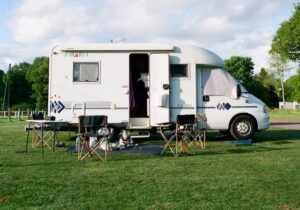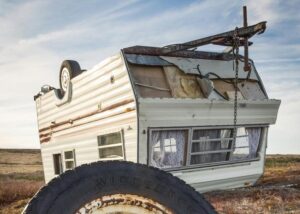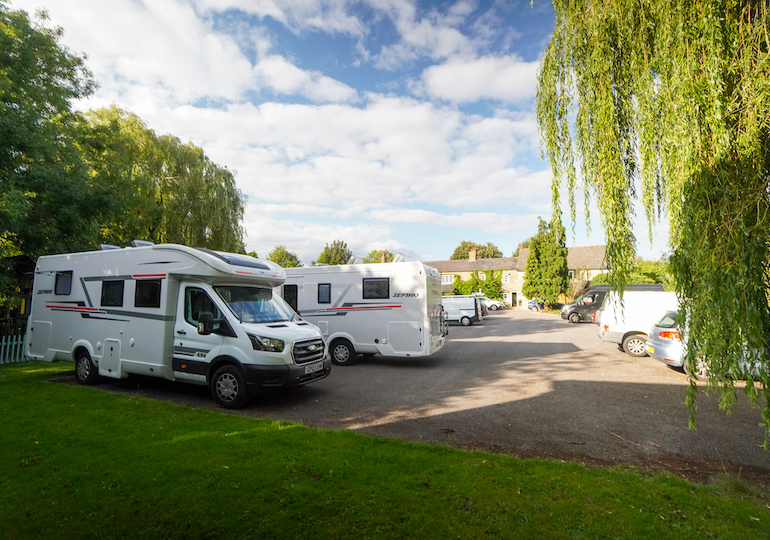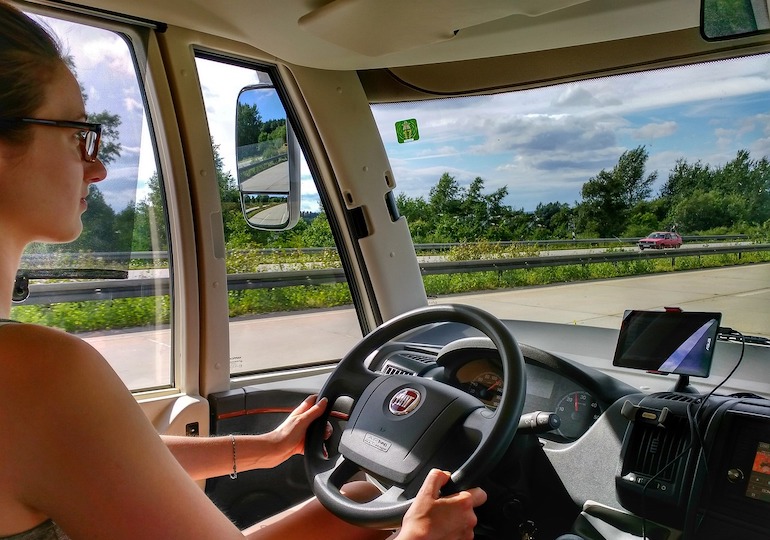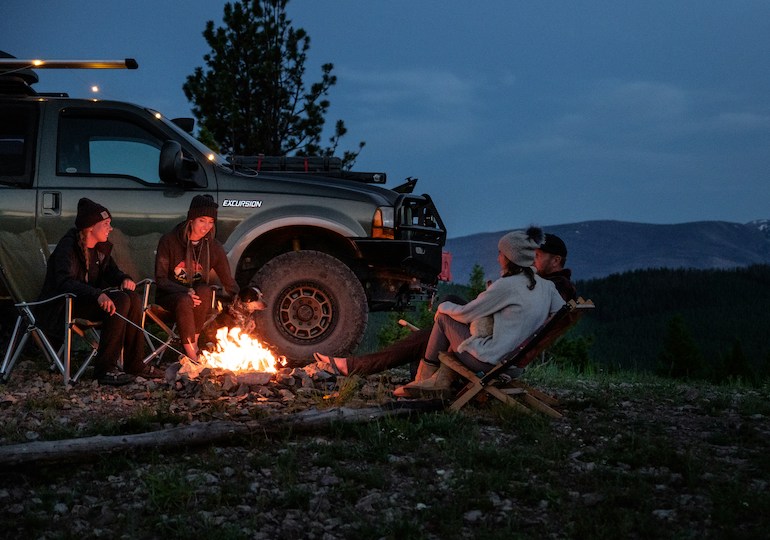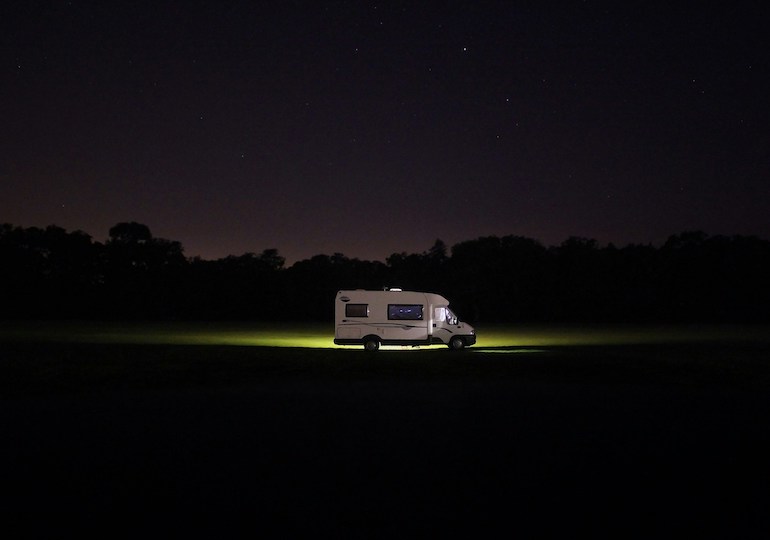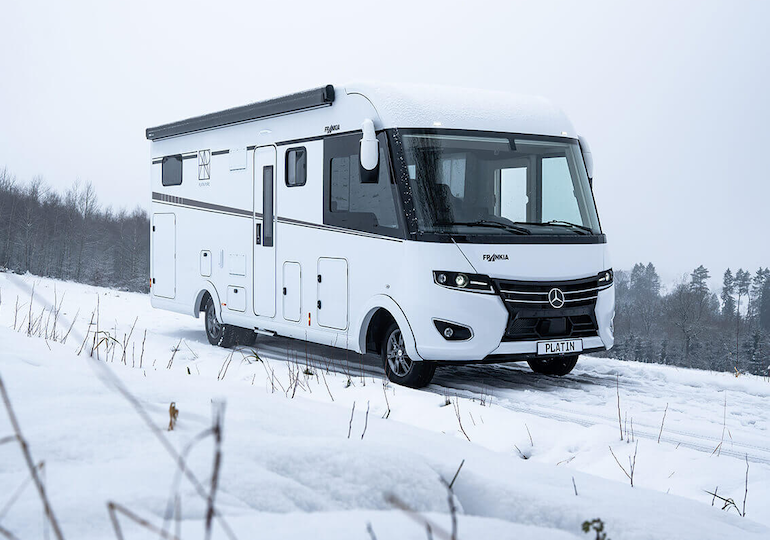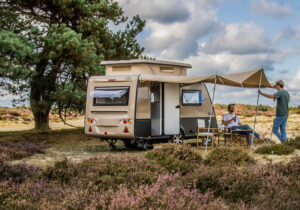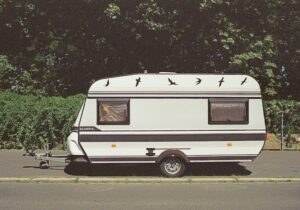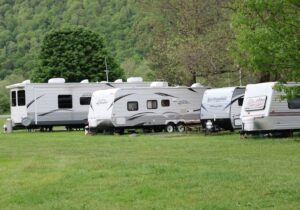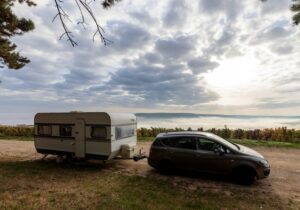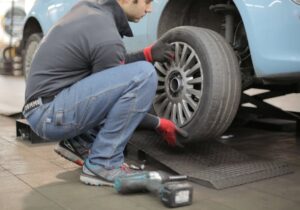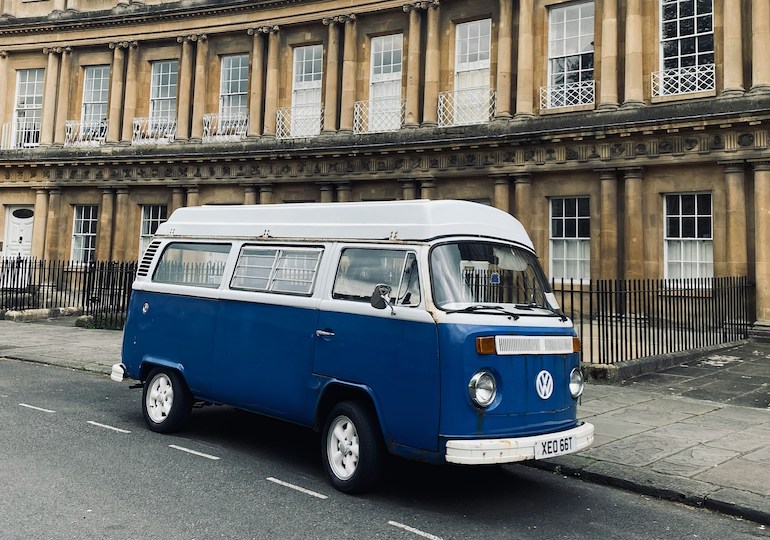Dan Cartwright has over 12 years of experience in the caravan and motorhome industry. He is a judge for a number of prestigious leisure vehicle awards and regularly heads off in his motorhome with his family. Every week, Dan shares his insights with the community. Here’s what he has to say this week.
Ahead of the Caravan, Camping and Motorhome Show next week (February 13th to 18th), I’d like to share my advice to those people going with the view to consider buying a new leisure vehicle. There are lots of guides on making such purchases, but having been in the industry for a very long time, here’s my biggest tip: work out the layout you require before attending the show.
If you’re a current leisure vehicle owner, don’t assume that what you already have is the best solution for your next purchase. As your life changes, so do your layout requirements. There are myriad options and as the layout makes so much more difference than any other element of your caravan, motorhome or campervan, this is one area where you don’t want to compromise.
Decide on specific requirements
Prior to the show, look online and decide exactly what it is you need for you, your family and your holidays. I’m judging the Caravan and Motorhome Club Motorhome & Campervan Design Awards and Buyers Guide again this year, and our expert analysis is a really good place to start your research.
During the judging process we assess over 80 vehicles and there’s a huge amount of variation in terms of layout. There are some key areas that you want to consider and it’s not just about the bed, although of course this does come into it.
What are your size limitations?
Considerations include whether you want to park your leisure vehicle on your compact drive; and holidaying to particularly remote places. If you’re intimidated about towing a large caravan, then I would suggest booking a towing or driving course, so you’re not letting fear be the limiting factor.
Typically, campervans are available at under five metres in length and slim-bodied, while caravans and large A-class motorhomes can be over eight metres long and two metres wide. Caravans usually lie somewhere between four metres and seven metres in length.
Size is also impacted by things like fixed beds and who will be going on your trip. Growing families can mean that kids who were previously happy on small bunks are now much bigger or even that they’ve become teenagers and are less likely to be coming with you. This can make a slightly smaller setup and a tent outside when they do come a better option.
Despite popular belief, the size of leisure vehicles doesn’t really impact the price. Entry level models come in small, medium and large, with the biggest being only marginally more expensive than the compact one. A large will still be cheaper than a small in the next range up.
Consider bed configurations
In the UK, the most popular bed configuration is to have a fixed island bed, which is a necessity for those with mobility issues. However, for most people it’s not worth compromising the space in the rest of the vehicle. This often means you end up with much smaller and less comfortable living areas, particularly in coachbuilt motorhomes, because they have to have travel seats as well.
A fixed bed also compromises the opportunity to have reasonable sleeping accommodation for other guests. The front space behind the driver needs to act as travel seats, dining area, living area and bed, meaning it’s not good at any of these functions. Instead, you just have your driving seats for comfort.
Drop-down beds are a great alternative option. They’re not horrifically expensive, but they allow you to have a proper lounge at the back and a fully made-up bed. For me, these provide much better living areas than a fixed bed option.
In caravans, it’s worth having a look at a layout with bunks at the back, so you can have a larger space at the front. There’s been a lot of technical innovation in bunk beds and they’re now very nice for children. Most are at least six feet long, a good width and with their own windows and lights.
Don’t overlook exterior access
This can be a garage in a motorhome or a locker in a caravan, but it’s an underneath area that has become more important as lifestyles become increasingly active. They’re somewhere to store dirty or wet gear, avoiding the need to bring such items into a leisure vehicle after a hike, cycling or swimming trip, for example.
What are your bathroom and kitchen requirements?
Generally, layout will only excel in either its bathroom or kitchen and not both. If you’re planning to stay on site for long periods of time and use those facilities, it’s worth being prepared to compromise on the size of the bathroom. They can be a small, wetroom style setup and quite basic, or a huge walk-in alternative, so think about how you’re going to use it.
A large bathroom is better for people who want to do something like rallying or spend a long time away from on-site amenities. This will result in a smaller, more compromised kitchen area, but you’ll have a fully functioning homestyle bathroom instead.
If you’re a siter, you can get kits that turn showers into additional storage cupboards. If you know you’re going to be showering on site, then don’t go for a large bathroom in the first place.
At the show
These are the four areas to have decided upon before you head to the show. When you get there, there’s going to be hundreds of caravans, campervans and motorhomes to look at and it’s very easy to get caught up by shiny electronics and amazing-looking elements. Having the answers to these questions means that no matter which range you go for – entry or executive level – you’ll at least be able to buy a layout that will suit you for the next few years.
Photo credit: Unsplash/DLC


